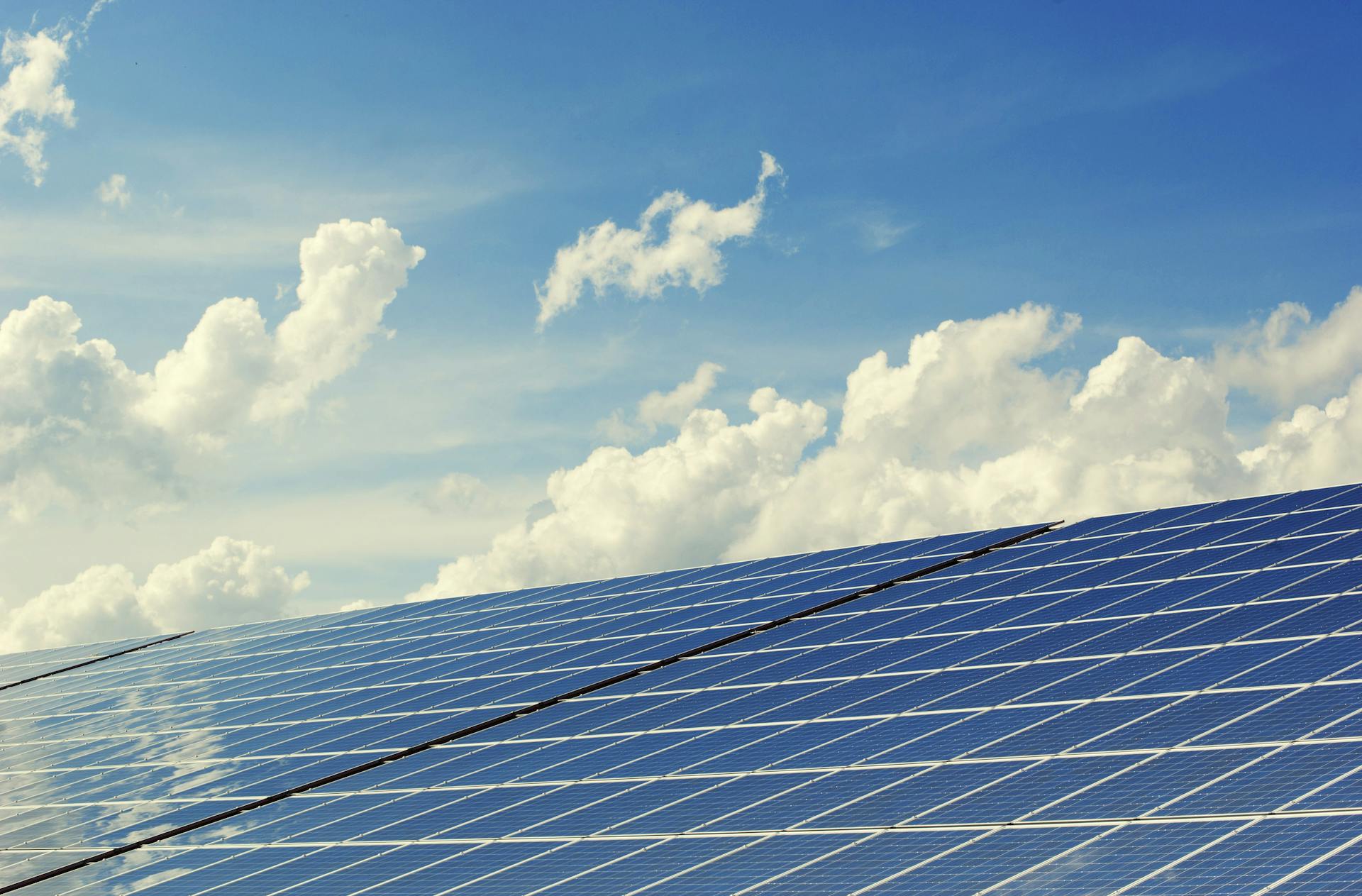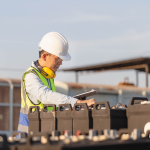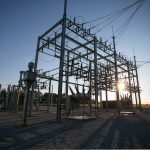The Australian power industry is undergoing significant transformation, driven by a combination of ambitious climate goals, government incentives, and technological advancements. With Australia aiming for net-zero emissions by 2050 and renewable energy taking on a larger role, 2025 will see the industry adapt to new challenges and opportunities. Here, we explore the key trends expected to shape Australia’s energy landscape this year and beyond.
- Surge in Renewable Energy Capacity
Australia has made considerable progress in integrating renewable energy into its power grid, with states like South Australia and Victoria leading the charge. In 2025, Australia’s reliance on renewables—primarily solar and wind—will continue to grow as the we move closer to renewable energy targets.
One notable trend is the rise of large-scale solar farms, many of which are now in rural areas where land and sunlight are abundant. Australia’s rooftop solar sector remains robust, with residential and commercial installations contributing a significant share of renewable power. Advances in energy storage, such as battery technologies, are also helping address the intermittency of renewable energy, ensuring a more reliable energy supply even when the sun isn’t shining, or the wind isn’t blowing.
- Energy Storage Solutions to Bolster Grid Reliability
As renewable energy sources like wind and solar make up an increasing share of the power grid, energy storage has become essential for stabilising Australia’s energy supply. In 2025, battery storage projects, including the Baranduda BESS and other grid-scale projects across the country, will be crucial in managing peak demand and mitigating the risks of blackouts.
Australian states are also investing in a mix of energy storage solutions beyond lithium-ion batteries, including pumped hydro storage and exploring emerging alternatives like solid-state and sodium-ion batteries. Energy storage will support grid reliability, allowing excess renewable energy to be stored during low-demand periods and used when demand is high, helping Australia move towards a low-carbon energy future.
- Expansion of Smart Grids and Digitalisation
Australia’s power sector is moving towards a digital future, with smart grid technology playing a critical role in managing and optimising energy supply. In 2025, more utilities will implement smart meters, sensors, and automated systems that provide real-time data on grid performance and energy consumption. These tools allow energy providers to make informed decisions and reduce response times, ensuring grid stability and energy reliability.
Smart grids empower consumers to take greater control over their energy usage, especially as many Australian households and businesses adopt smart home technologies. With dynamic pricing models and real-time monitoring, consumers can reduce costs by using energy during off-peak hours, which benefits both the grid and their wallets. The continued digitalisation of Australia’s energy infrastructure will not only improve efficiency but also enable better integration of renewables and distributed energy resources (DERs).
Explore Partum’s recent work on renewable energy projects and discover how we’re contributing to a sustainable future. See our work here.
- Electric Vehicles and the Infrastructure to Support Them
In Australia, we’re seeing steady growth in electric vehicle (EV) adoption, driven by government incentives and the increasing availability of affordable EV models. In 2025, EVs are expected to make up a more substantial portion of the Australian vehicle market, creating both opportunities and challenges for the power sector.
With the rising number of EVs, there is a growing need for public charging infrastructure. State and federal governments are investing in fast-charging networks along major highways and in urban areas, which will make EVs more practical for long-distance travel. However, increased demand for electricity will require utilities to strengthen grid infrastructure and plan for higher peak loads.
Australia’s EV infrastructure will continue to evolve, and many energy providers are now looking at “vehicle-to-grid” (V2G) technology, which allows EVs to return stored energy to the grid during peak hours. V2G could help smooth demand fluctuations and support renewable integration, making EVs a valuable component in the country’s energy transition.
- Rising Importance of Small Modular Reactors (SMRs) Debate
While Australia lacks a commercial nuclear power industry, the global rise in interest in small modular reactors (SMRs) is influencing local conversations about nuclear energy as a potential option for baseload power. In 2025, SMRs are unlikely to be deployed in Australia due to regulatory and social challenges, but ongoing discussions about their potential role in a decarbonised energy future continue.
Australia’s abundant renewable resources may mean that SMRs remain off the table for now, but as the global community advances in SMR technology and nuclear safety, the topic may re-emerge as a practical alternative if renewables and storage fail to meet baseload needs. While traditional nuclear power remains controversial, some policymakers and energy analysts argue that SMRs could potentially provide Australia with a low-emission, reliable energy source that complements renewables.
- Enhanced Cybersecurity for a Decentralised Grid
As Australia’s power grid becomes increasingly digital and decentralised, cybersecurity is emerging as a top priority. Energy companies are adopting stricter cybersecurity protocols to protect critical infrastructure from cyber-attacks, which pose risks to both energy security and consumer privacy. In 2025, utilities are expected to ramp up their efforts to defend against cyber threats, with investments in technology that can detect and mitigate risks in real time.
Our government is also working on guidelines and regulations to strengthen cybersecurity across the energy sector. With power grids now a frequent target of cyber-attacks, enhanced cybersecurity measures will be essential to safeguarding Australia’s energy infrastructure, ensuring reliability, and maintaining consumer confidence in a digital energy future.
- Demand Response and Energy Efficiency Programs
Demand response (DR) and energy efficiency programs are growing in popularity in Australia, especially as more households and businesses become aware of their benefits. DR programs enable consumers to shift or reduce electricity use during peak times, helping utilities manage grid load and prevent blackouts.
Energy efficiency initiatives are also being implemented at both the state and federal levels. These programs encourage the adoption of energy-efficient appliances, better building insulation, and sustainable practices. In 2025, Australia’s utilities will continue to expand DR programs, often enabled by smart meters and digital tools that allow users to monitor their energy use and make informed decisions.
For the Australian power sector, these programs represent a cost-effective way to reduce demand during peak times, increase energy efficiency, and reduce greenhouse gas emissions, making them an essential part of Australia’s broader energy transition.
- Carbon Capture and Storage (CCS) Developments
Australia’s reliance on fossil fuels, particularly natural gas and coal, has sparked interest in carbon capture and storage (CCS) as a means to reduce emissions. While renewables continue to expand, CCS remains relevant for industries and power plants that are difficult to decarbonise. In 2025, more CCS pilot projects are expected, supported by government funding and private sector investment.
CCS technology captures CO₂ emissions at the source and stores them underground, preventing their release into the atmosphere. Australian regions like Queensland and Western Australia are leading CCS efforts, with projects that could provide a pathway for emissions reduction in the industrial sector. Although CCS is costly and has yet to be widely adopted, it may offer a bridge to a more sustainable future for fossil-fuel-dependent industries as Australia works to meet its emissions targets.
Australia’s power industry in 2025 is marked by a strong shift toward renewable energy, technological advancements in grid management and energy storage, and growing concerns about cybersecurity. As the country continues its journey toward net zero, these trends highlight both the challenges and the transformative potential of Australia’s energy sector. From the rise of electric vehicles and the expansion of energy storage to discussions on nuclear energy and the development of ccs, Australia is set to embrace a diverse energy future that balances reliability, sustainability, and innovation.
Partum Engineering is set to be at the forefront of power engineering innovation in 2025 and beyond, get in contact with us today to learn how we can help you with your upcoming projects.





